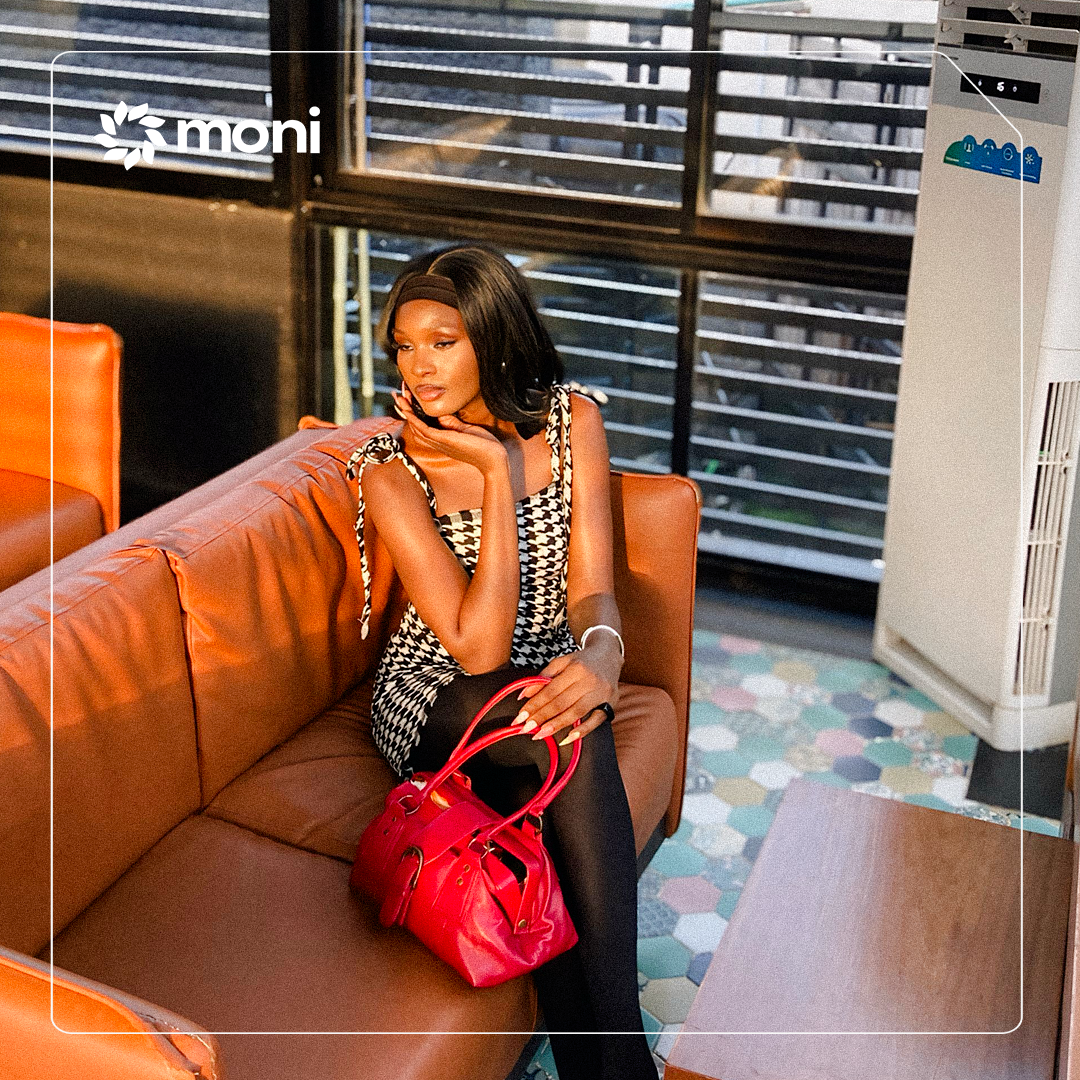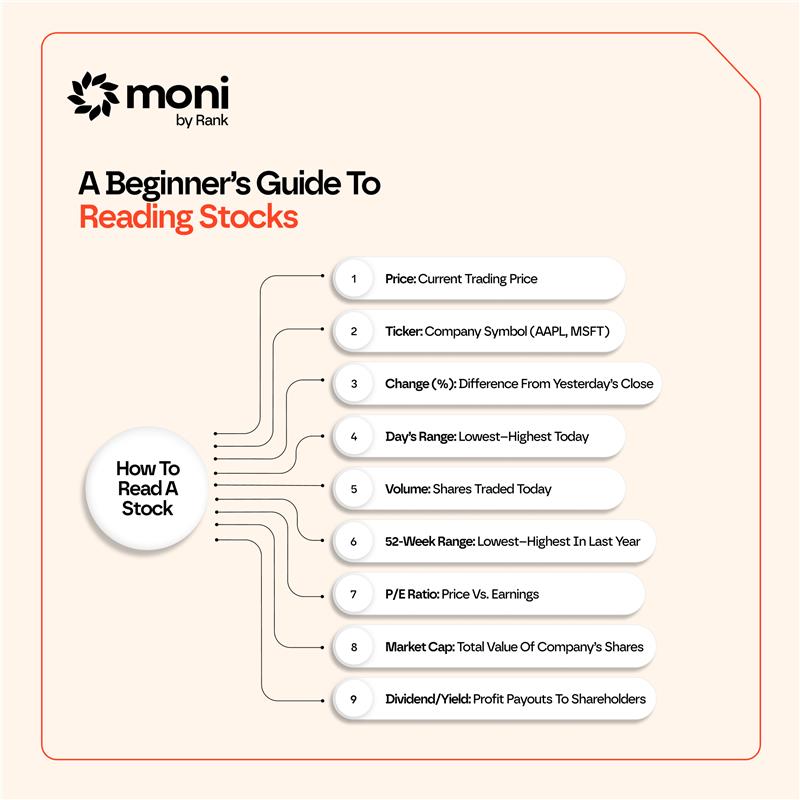If your idea of freelancing involves lounging on a beach, sipping exotic cocktails, and living a carefree, location-independent dream, think again. While freelancing does offer unparalleled flexibility and freedom, it’s also a path paved with determination, effort, and resilience. For John Iwuozor, a thriving freelance writer who made over $100,000 in 2024, the journey has been anything but easy. It’s been a rewarding mix of hard work, major milestones, and lessons that shaped his success. In this interview, John opens up about his path to five-figure months, the challenges he faced, and practical advice for anyone looking to live out their own freelancing success story.
Q: It’s interesting — you often see people, like white freelancers, openly talking about how much they make. But you don’t see many Black or Nigerian freelancers sharing their earnings or being transparent about it. Why do you think that is?
John: I honestly didn’t know earning thousands of dollars as a freelancer was possible until I came across a Nigerian who shared her success story.
Q: Oh, wow. Who was that?
John: Chima Mmeje. She is Nigerian and shared her story in 2022. She talked about how she earned tens of thousands of dollars in 2021. That was a game-changer for me. I thought, Wow, if she can do it, why can’t I?
It was mind-blowing to realize such figures were achievable. From that moment, I set a goal to reach that level one day. I didn’t have a plan, just a strong desire and an intense work ethic. When I set my mind to something, I put all my energy into making it happen.
Q: That’s inspiring! How did you make it happen?
John: It all started this year when I began getting a lot of opportunities. I kept saying “yes” to everything, partly because I’d been in a “famine” period for so long. This was my feast. I worked relentlessly.
In April, I hit my first five-figure month — about $14,000. Then in May, I doubled that to $28,000. But honestly, I don’t want to work that hard again. During that time, I was either working or sleeping — nothing else.
Q: That sounds intense.
John: It was. But the upside is, it showed me I could handle that level of workload. After May, even when I earned less — like $17,000 or $21,000 a month — it felt manageable. That stretch in May recalibrated my capacity.
I learned that pushing yourself through challenges can unlock new levels of potential. Before this, I never imagined I could write blog posts that would net me $10,000 or close to $30,000 in a month.
Q: Can you replicate what you did to reach those numbers?
John: Honestly, no. It wasn’t a strict formula. It was the culmination of years of building my portfolio, LinkedIn profile, website, and network. This year, I finally reaped the fruits of that work.
But let me be clear — it wasn’t luck. I worked extremely hard for it. Some people might say they work a couple of hours a day and earn big, but that’s not the norm, at least not at the beginning.
Q: So, what does a typical workload look like for you?
John: On average, I write about 25 to 30 articles a month. For context, I usually charge $500 for a 1,200-word article. If it’s 2,000–2,500 words, the rate can go up to $800 or even $1,000. It’s a good income. For example, two articles I submitted last week earned me $3,000 combined.
Q: That’s impressive! Have you considered increasing your rates?
John: I’ve thought about it. Some freelancers I admire, like Lizzie Davey, charge £1,000 per article. She has over 10 years of experience, though. Currently, $500 feels comfortable, but I’m open to increasing it as my confidence in the market grows.
Q: What’s the key takeaway from your journey so far?
John: Freelancing is hard work — especially in the beginning. But with consistent effort and strategic planning, it pays off. The notion that you can succeed with minimal effort is misleading. Whether writing blog posts or doing strategy work, success comes from dedication and perseverance.
Q: Contrary to popular advice on building a freelance business, you’re not afraid to take social media breaks. Tell me about that and the best way to use social media to build a freelance business.
John: There are a few reasons for that. First, I need to explore life outside work. After working hard for so long, I deserve a bit of a break. Second, I’m not currently in a situation where I need to actively look for clients. Right now, the main reason I post on social media is to share knowledge and experiences with other writers — not to attract clients.
I’ll probably get back to more consistent online activity at some point, but for now, I’m not in a rush. That said, even when I’m on a “break,” I’m not completely idle. I’m still working in the background, building, strategizing, and taking steps to keep things moving forward. When I eventually go back online and share updates, people might think, “Wow, you’ve been busy!” But the truth is, I’ve been working all along — just not in a highly visible way.
Social media is important, but it’s not where the bulk of your work happens. It’s where you showcase the results of your hard work. The biggest mistake freelancers make is being overly active on social media without having anything tangible or valuable to share. If you don’t have results, a portfolio, or work to display, posting constantly won’t lead to much.
Freelancing success comes from doing the work outside of social media first — delivering results, building your portfolio, and developing expertise. Then, when you come online to talk about what you’ve achieved, that’s what draws attention and creates opportunities. Simply posting generic advice or talking endlessly without action won’t get you far.
Q: That makes sense, but for someone just starting out, what do you say to the belief that they need to post on social media to land their first client?
John: I understand why people think that way, especially when starting out. They feel they need to post to gain visibility or attract potential clients. But the truth is, your focus should be on building real results first. Clients aren’t attracted to vague, theoretical posts — they’re drawn to proof of your capabilities.
If you don’t have client work to share yet, start with personal projects or case studies. Create work that demonstrates your skills and share that on social media. For example, if you’re a writer, write and publish articles or create sample pieces. If you’re a designer, build a small portfolio of mock-ups or redesigns.
The key is to build credibility through your work. When you have something concrete to show, potential clients will take you seriously. Social media is a tool for amplifying your efforts, not replacing them. Start by working hard and getting results — then use social media to share those wins.
Q: Give me a quick, crash course on how the steps you took to set up and build your freelance business from inception till now.
I followed these steps one by one, and they worked. I changed my mindset which is very important. To succeed as a freelancer, you have to keep having an abundance mindset regardless of the challenges. I read relevant websites and learned as much as I could. I also worked on establishing authority in my field. Then, I made sure to take professional photos for my brand and tie my offerings to any post or speaking opportunity I had.
I talked about topics that attract potential clients and diversified my audience by exploring Twitter although I am no longer as active on Twitter. I worked on optimizing my website. I also launched a podcast. I always tell people to always play the long game. Have a long-term vision for everything you are doing and build relationships online. Also focus on delivering quality work.
Q: What do you want a budding freelancer to take away from this article?
Even when things seem gloomy and challenging, success is still very possible. The key is to stay proactive. You don’t need everything to be perfect or ideal to start. Use what you have, and don’t wait for everything to be in place before you take action. Success is achievable, but it requires dedication, consistency, and the ability to take what you have and turn it into something greater.



